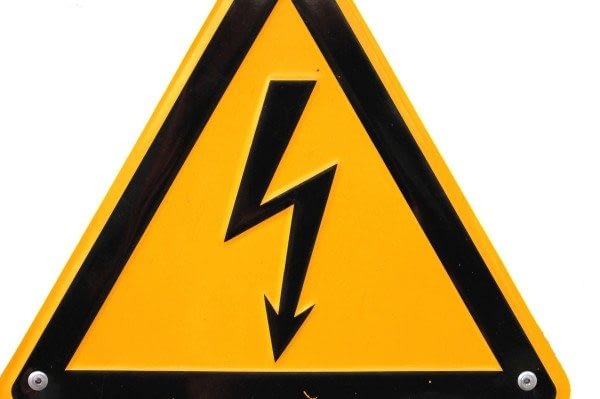

- Postpone outdoor activities.
- Heed the 30/30 Lightning Safety Rule: Go indoors if, after seeing lightning, you cannot count to 30 before hearing thunder. Stay indoors for 30 minutes after hearing the last clap of thunder.
- Secure outdoor objects that could blow away or cause damage.
- Get inside a home, building or automobiles with a hard top (not a convertible). Although you may be injured if lightning strikes your car, you are much safer inside a vehicle than outside.
- Remember, rubber-soled shoes and rubber tires provide NO protection from lightning. However, the steel frame of a hard-topped vehicle provides increased protection if you are not touching metal.
- Shutter windows and secure outside doors. If shutters are not available, close window blinds, shades or curtains.
- Unplug any electronic equipment before the storm arrives.
You are not safe anywhere outside. Run to a safe building or vehicle when you first hear thunder, see lightning or observe dark threatening clouds developing overhead. Stay inside until 30 minutes after you hear the last clap of thunder. Do not shelter under trees.
If it’s not possible to get indoors or in a vehicle, these actions may reduce your chances of being struck by lightning:
- Avoid open fields, the top of a hill or a ridge top.
- Stay away from tall, isolated trees or other tall objects. If you are in a forest, stay near a lower stand of trees.
- If you are camping in an open area, set up camp in a valley, ravine or other low area. Remember, a tent offers NO protection from lightning.
- Stay away from water, wet items (such as ropes) and metal objects (such as fences and poles). Water and metal are excellent conductors of electricity. The current from a lightning flash will easily travel for long distances.
- The vast majority of lightning injuries and deaths on boats occur on small boats with NO cabin. It is crucial to listen to weather information when you are boating. If thunderstorms are in the forecast, do not go out. If you are out and cannot get back to land and safety, drop an anchor and get as low as possible. Large boats with cabins, especially those with lightning protection systems properly installed, or metal marine vessels, are relatively safe. Remember to stay inside the cabin and away from any metal surfaces. Stay off the radio unless it is an emergency.
When it comes to how to avoid lightning, you should also take precautions once you’re indoors:
- Avoid contact with corded phones.
- Avoid contact with electrical equipment or cords. If you plan to unplug any electronic equipment, do so well before the storm arrives.
- Avoid contact with plumbing. Do not wash your hands, take a shower, wash dishes or do laundry.
- Stay away from windows and doors, and stay off porches.
- Do not lie on concrete floors and do not lean against concrete walls.
- Unplug electrical equipment
Next, learn some shocking facts about lightning.
Republished from www.eriesense.com – June 24, 2014 blog
Filed Under: Blog, Home Insurance | Tagged With: home insurance, lightning
